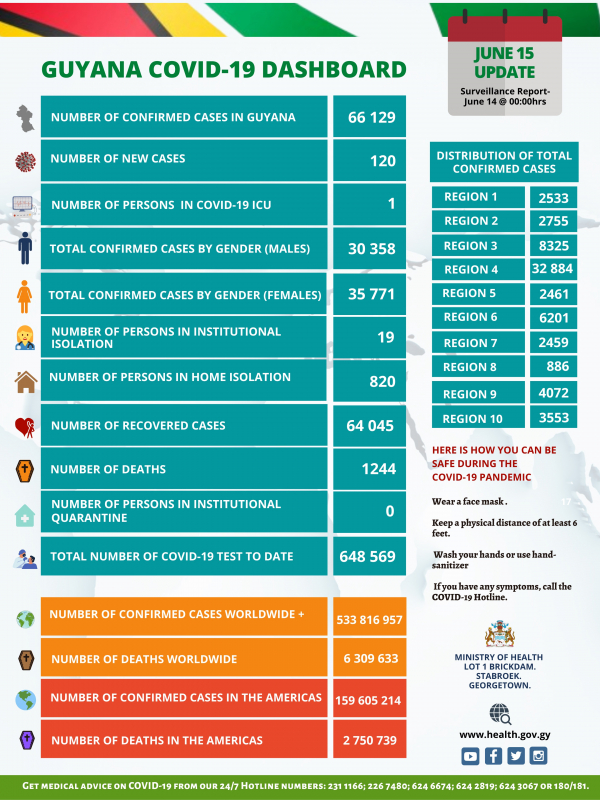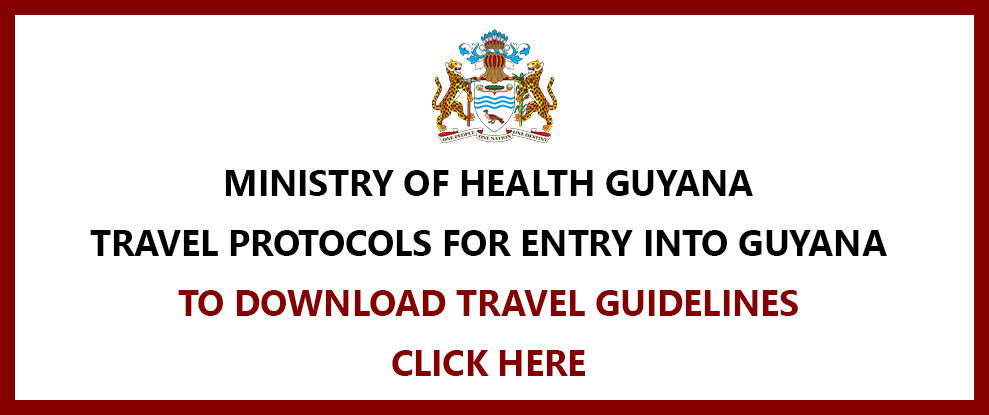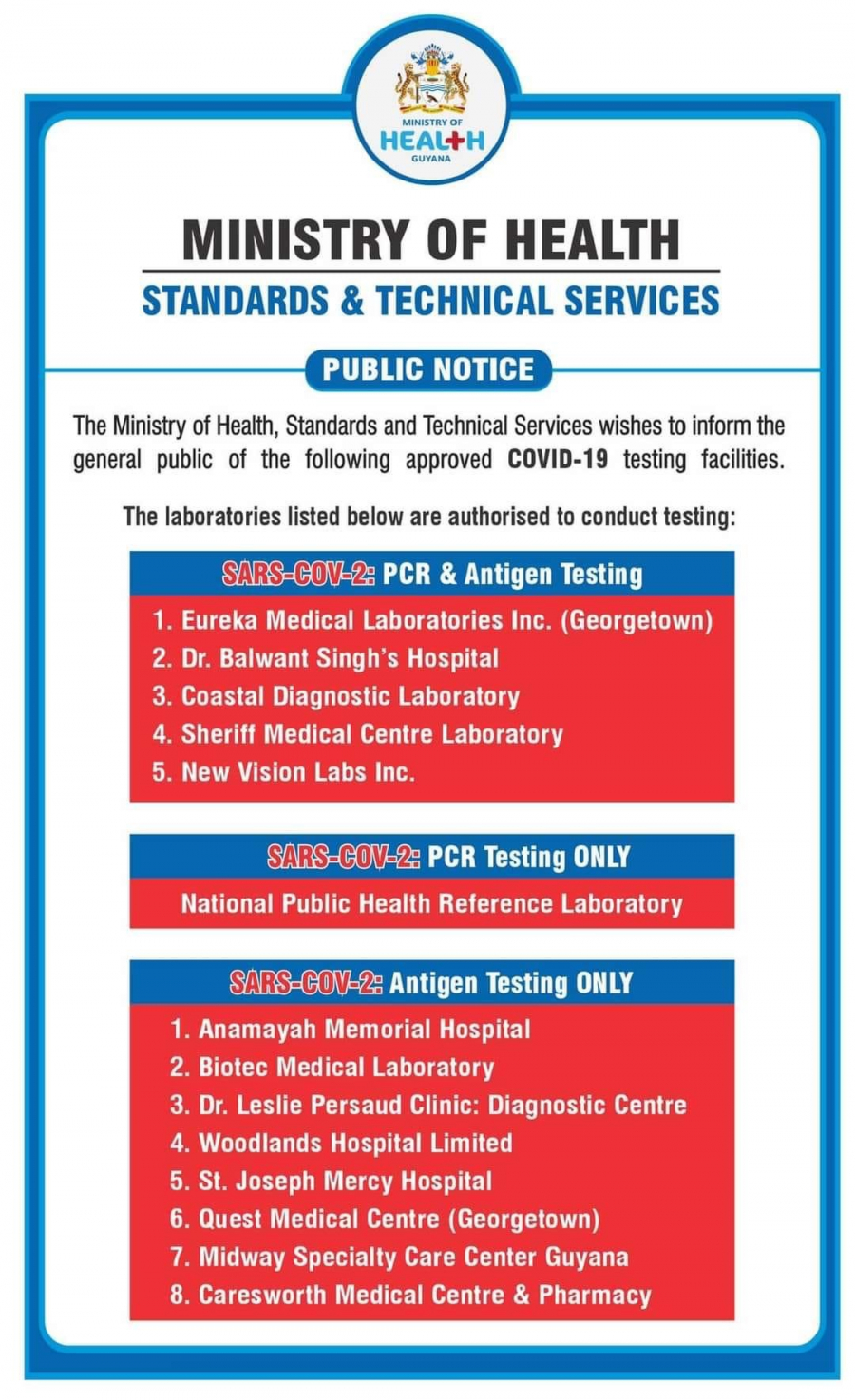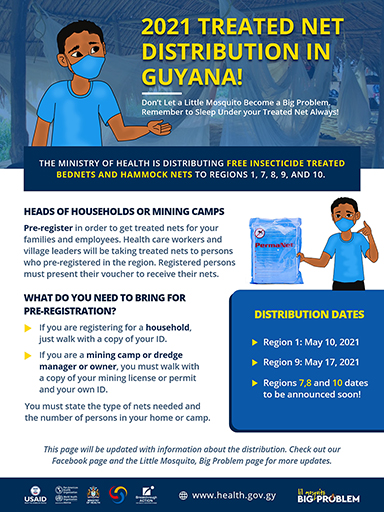- Details
- Written by Super User
- Category: Mental Health Unit
- Published: 17 July 2016
- Hits: 13329
NATIONAL SUICIDE PREVENTION PLAN 2015-2020
Executive Summary
Suicide is a major issue for society and a leading cause of years of life lost. In May 2013, the sixty-sixth World Health Assembly adopted the first ever Mental Health Plan of the World Health Organization (WHO). According to the WHO, Suicide prevention is an integral aspect of the plan with the goal of reducing the rate of suicide in countries by 10% by 2020. There is a combination of reasons why people die by suicide. However, many suicides happen impulsively and if the correct measures are instituted, many suicides are preventable.
In light of this call to action by the World Health Assembly, mental health including suicide was given prominence in the service priorities of the National Health Sector Plan 2013-2020 which has as its vision “that the people of Guyana are among the healthiest in the Caribbean and the Americas”. The Suicide Prevention Strategy 2015-2020 was informed by wide stakeholder consultation which included representatives from civil society, government ministries, Non-governmental organizations, health administrators, general health professionals, community and institutional based mental health care providers.
The strategy includes goals, objectives and lines of actions in order to identify the specific high-risk individual and groups for whom a tailored approach to their mental health is necessary for reduced suicide risk.
Children and young people have an important place in this strategy. Schools, social care and the juvenile justice system, as well as, charities highlighting problems such as bullying, poor body image and lack of self-esteem, all have an important contribution to make in suicide prevention among children and young people. Measures to help parents keep their children safe online are included.
The strategy incorporates activities across the continuum of suicide prevention supporting:
- Universal interventions which aim to engage the whole of a population to reduce access the means reduce inappropriate media coverage of suicide and to foster stronger and more supportive communities and schools.
- Selective interventions which aim to work with groups and communities who are identified as being at higher risk of suicide. Providing face to face response service for those bereaved by suicide, training for front line emergency response services in the community and coordination of suicide response services.
- Indicated interventions which target individuals who are showing signs of symptoms that are strongly associated with suicide or are in circumstances that place them at highest risk of suicide. For example, Suicide Prevention Helpline a telephone and peer support networks for those with suicide ideation and suicide attempt.
Key Considerations:
- The timely identification and referral of women and children experiencing abuse or violence, so that they are able to benefit from appropriate support.
- Those who work with men in different settings, especially in primary care, need to be particularly alert to the signs of suicidal behaviour.
- Treating mental and physical health as equally important in the context of suicide prevention will have implications for the management of care for people who self-harm, and for effective 24 hour responses to mental health crises.
- Accessible, high-quality mental health services are fundamental to reducing the suicide risk in people of all ages with mental health problems.
- Emergency departments and primary care have important roles in the care of people who self-harm, with a focus on good communication and follow-up.
- Continuing to improve mental health outcomes for people in contact with the criminal justice system will contribute to suicide prevention, as will ongoing delivery of safer custody.
- Suicide risk by occupational groups may vary locally, and it is vital that the statutory sector and local agencies are alert to this, and adapt their suicide prevention interventions accordingly. Tailor approaches to improve mental health in specific groups
- Improving the mental health of the population as a whole is another way to reduce suicide.
- Routine assessment for depression as part of personalized care planning for people with long-term conditions can help reduce inequalities and help people to have a better quality of life.
- Depression is one of the most important risk factors for suicide. The early identification and prompt, effective treatment of depression are critical in preventing suicide across the whole population.
- Given the links between mental ill-health and social factors like unemployment, debt, social isolation, family breakdown and bereavement, the ability of front-line agencies to identify and support (or signpost to support) people who may be at risk of developing mental health problems is important for suicide prevention.
- Measures that reduce alcohol and drug dependence are critical to reducing suicide.
- Staff in health and care services, education and the voluntary sector needs to be aware of the higher rates of mental distress, substance misuse, suicidal behaviour or ideation and increased.
- Continued vigilance by mental health service providers will help to identify and remove potential ligature points. Safer cells complement care for at-risk prisoners.
- Safe prescribing can help to restrict access to some toxic drugs.
- Local agencies can prevent loss of life when they work together to discourage suicides at high-risk locations.
- Local authority planning departments and developers can include suicide in health and safety considerations when designing structures which may offer suicide opportunities.
- Every suicide affects families, friends, colleagues and others. Suicide can also have a profound effect on the local community.
- It is important to provide effective and timely support for families bereaved or affected by suicide; have in place effective local responses to the aftermath of a suicide; andprovide information and support for families, friends and colleagues who are concerned about someone who may be at risk of suicide.
- Effective and timely emotional and practical support for families bereaved by suicide is essential to help the grieving process and support recovery.
- It is important that General Practitioners are vigilant to the potential vulnerability of family members when someone takes their own life.
- Post-suicide community-level interventions can help to prevent copycat and suicide clusters. This approach may be adapted for use in schools, workplaces, and health and care settings.
- The Mental Health Unit will continue to support high-quality research on suicide, suicide prevention and self-harm.
- . Reliable, timely and accurate suicide statistics are essential to suicide prevention. We will consider how to get the most out of existing data sources and options to address the current information gaps around ethnicity and sexual orientation.
The Strategy also relies on six cross-cutting values and principles:
Universal health coverage - be able to access, without the risk of impoverishing themselves, essential health and social services that enable them to achieve recovery and the highest attainable standard of health.
Human rights - actions and interventions for treatment, prevention and promotion must be compliant with the Convention on the Rights of Persons with Disabilities and other international and regional human rights regulations.
Evidence-based practice - and interventions for treatment, prevention and promotion need to be based on scientific evidence and/or best practice, taking cultural considerations into account.
Life course approach -policies, plans and services for mental health including suicide need to take account of health and social needs at all stages of the life course, including infancy, childhood, adolescence, adulthood and older age.
Multi-sectoral approach–a comprehensive and coordinated response for mental health requires partnership with multiple public sectors such as health, education, employment, judicial, housing, social and other relevant sectors as well as the private sector, as appropriate to the country situation.








